
Social Media Marketing
Social media marketing: What it is and how to build your strategy
Jump into this comprehensive guide for crafting an effective social media marketing strategy from scratch. We offers insights into defining goals, selecting the right platforms, and measuring success through key metrics.
Reading time 22 minutes
Published on September 20, 2023

Table of Contents
Summary
- Social media marketing involves using platforms like Instagram, X (formerly referred to as Twitter), and Facebook to promote brands and engage with customers. It encompasses promoting new products, interacting with customers through comments and creating content that reflects a brand's values and story.
- A successful social media strategy starts with setting clear and realistic goals. A few examples of goals for social media strategies are increasing brand awareness, generating leads and sales and providing comprehensive customer care.
- A data-driven approach is essential for measuring the success of a social media strategy. These metrics help brands understand audience perception and the effectiveness of their content. Some examples of important metrics to track include reach, clicks, engagement, organic and paid likes, follower growth and conversion rate.
Looking to fine-tune your social media marketing strategy? Good! Now’s the perfect time to make it happen. In a landscape with more competition, content and networks than ever, a succinct strategy gives you the focus needed to say “no” to efforts that don’t serve your goals.
That’s why we put together a comprehensive guide to creating a social media marketing plan from scratch. Whether you’re totally new to social or want to double-check your priorities in 2024, this guide has you covered.
Research your target audience and select your networks
Making assumptions is bad news for marketers. Both leaders and practitioners can disprove assumptions from the valuable insights social data provides. With the right tool, marketers can quickly research their audience. No formal market research or data science chops necessary.
What you need to know about your audience to influence your social media marketing strategy is already available. You just have to know where to look.
Remember: different platforms attract different audiences
Here are some key numbers for your 2024 social media marketing strategy that speak directly to which networks your brand should approach and what types of content to publish:
- According to The Sprout Social Index™, 53% of consumers say their social media usage has been higher over the last two years than the previous two.
- Instagram has 2 billion active users worldwide in 2023 and continues to be one of the most popular networks among teens between 13-17 years old.
- Women make up more than 60% of Pinterest’s global audience. Gen Z and Millennials use the platform the most.
- X has over half a billion monthly monetizable active users. And people spend an average of 31 minutes on the platform.
- LinkedIn is the hub for in-depth, industry-specific content that might be more niche than what you see on Facebook or X.
- LinkedIn is the top platform for B2B lead generation, rated by marketers. Some 4 out of 5 LinkedIn members drive business decisions.
- Some 78% of TikTok users have purchased a product after watching TikTok creator content about the product.
- And some 73% of users feel a deeper connection to brands they interact with on TikTok vs other platforms.
- YouTube is one of the most popular search engines in the world with billions of monthly users across 80 languages and 100+ countries.
Social media demographics and stats like the ones above are great for understanding where your target audience lives, but it's also important to understand the nuances of each social network so you can decide where your business needs to be.
Bigger brands with large customer bases tend to have presences across multiple platforms. Giants like McDonald’s and Starbucks are more likely to have the resources to be everywhere at once, but what if you’re a mid-size or small business? And just because there are so many social platforms, doesn’t mean all of them are right for your brand. For the sake of narrowing down where you should spend your time, below is a quick overview of each of the major social platforms:
X
Simple and straightforward, X is a solid starting point for most businesses. Requiring minimal setup and providing a place to go back and forth with followers directly, there's a reason why X remains one of the go-to platforms for customer service. If you’re trying to master the social media marketing basics of hashtags, tagging, brand voice and social media etiquette, look no further.
Facebook is a must-have for brick-and-mortar businesses looking to target local customers. Allowing check-ins and reviews, it’s a prime place to grow a dedicated local following. Plus, they have an incredible chatbot functionality that can take your customer service strategy and marketing campaigns to the next level.
Like many social algorithm changes, the platform’s algorithm change in late 2022 posed a challenge to some businesses looking to grow their Pages and stay in touch with fans consistently. The earliest algorithm prioritized Likes, but today’s is much more sophisticated and focuses on showing users the most relevant, meaningful content based on inventory, signals, relevancy scoring and other factors. That said, Facebook’s ad platform is the gold standard for social media ads because it can help businesses cut through the noise and lessen the impact of algorithm changes.
At its core, Instagram is a network centered around visual content. A major hub for brick-and-mortar businesses, e-commerce shops and influencers alike, the platform encourages brands to get creative. From eye-popping photos to clever captions, it’s all about finding unique ways to show off what you’re selling.
Threads
When Meta released Threads on July 5, 2023, the social network received over 100 million registrations less than a week after its launch, making it the most rapidly downloaded app ever. The launch of Threads sparked conversations about its role in the fediverse, or decentralized social media.
But, for now, Threads is a text-based social network that users can sign up for through their current Instagram account. Users can post on mobile, but Threads is also available on desktop. Threads are great for brands who already have Instagram accounts because the sign up process is pretty seamless.
LinkedIn is a network laser-focused on business trends and networking. LinkedIn is a goldmine, especially for anyone networking in the B2B space. Looking to get in touch with an influencer, marketing manager or CEO? Chances are you can find them here.
There are so many benefits of using LinkedIn marketing beyond networking, including content distribution and lead generation. We also have a guide for LinkedIn best practices so you can get full advantage of those benefits.
Pinterest marketing is insanely popular, especially among Gen Z and Millennials. Over 465 million people use this visual pinning platform every month to find inspiration and their next purchase. Pinterest is noted to be one of the best networks for social selling. Like Instagram, Pinterest thrives on imagery and inspirational content where products serve as the proverbial centerpiece.
YouTube
Although some might not regard YouTube as a traditional social network, the platform’s active and engaged community speaks for itself. Considering that video represents the top-performing type of content across nearly every social network, YouTube is a great place to house your videos if you’re already producing them.
TikTok
TikTok reached 1 billion users in September 2021 and remains one of the most popular apps in the world. Along with its viral trends and niche communities, the short-form video app is known for its hyper-personalized algorithm that keeps users scrolling for hours. TikTok marketing has changed the game for brands, allowing them to connect with customers in an entirely new way.
Picking networks for your social media marketing strategy
There are more than 15 social media platforms your brand can use, but don’t spread yourself too thin. Rather than try to dominate them all, you should consider which platforms make the most sense based on your industry and target audience.
Do your homework on your existing social media audience and focus on networks where your core audience is already active. You need to do further analysis before you can determine what your real-world social customers actually look like.
That’s why many brands use a social media marketing dashboard that provides an overview of who’s following you and how they interact with you on each channel.
For example, Sprout’s analytics dashboard puts your audience demographics front and center. It highlights which social networks see the most activity, helping you ensure you spend your time on the right networks. You can also use analytics to determine if you should create a new social media account. With Sprout, you can view X, Facebook, Instagram, LinkedIn, YouTube and Pinterest data side-by-side in a customizable format that’s exportable by date range and profile.
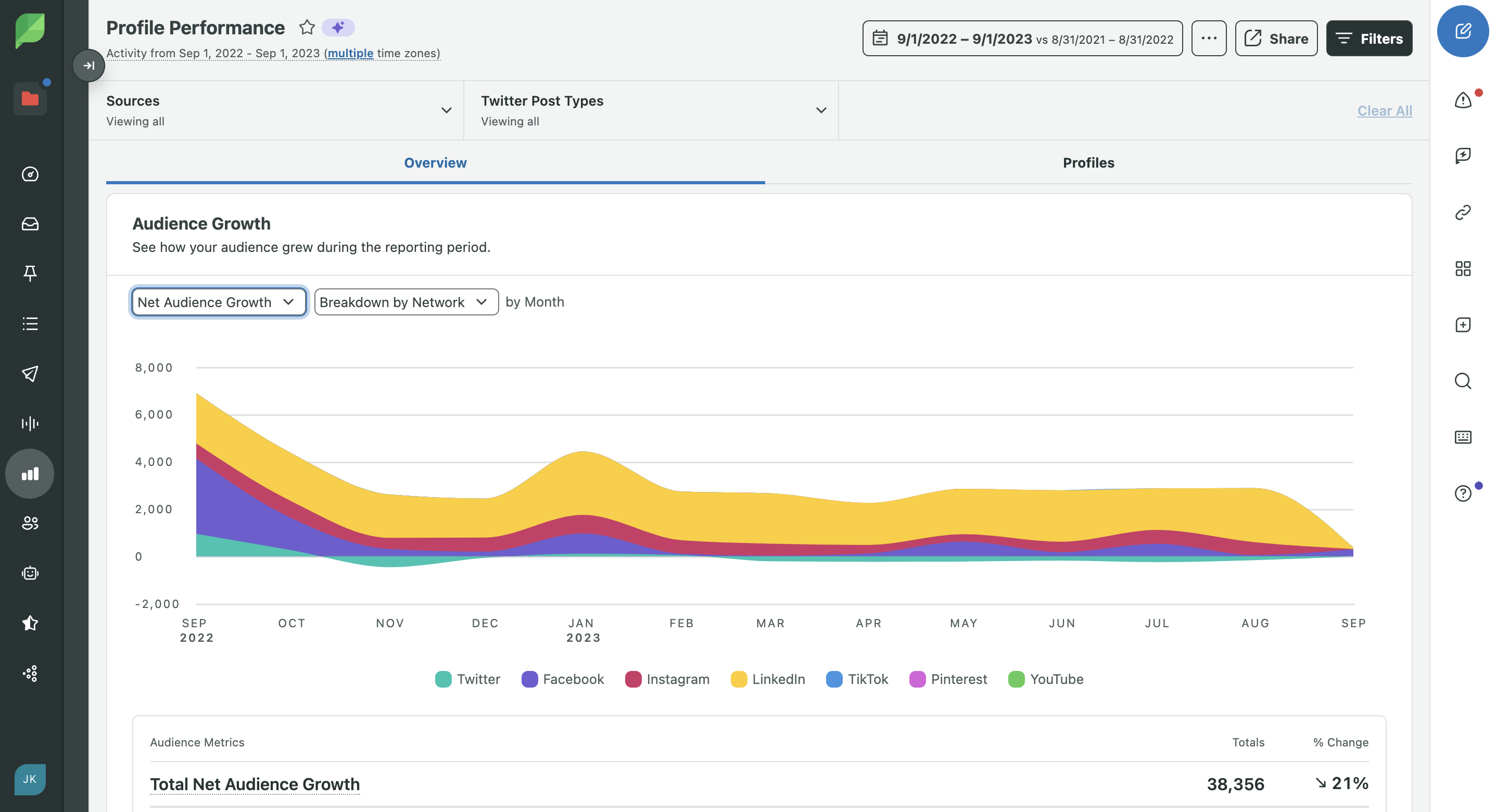
There are plenty of other sources of valuable audience data to supplement your social media insights. This includes your Google and email analytics, your CRM, your customer service platform or even your best-selling products.
All of the above will ultimately influence everything from your marketing messaging to how you’ll approach customer service or social commerce.
Create (and curate) engaging social content
No surprises here. Your social media marketing strategy hinges on your content. At this point, you should have a pretty good idea of what to publish based on your goals, audience and brand identity. You probably feel confident in which networks to cover, too.
But what about your content strategy? Below are some tips, ideas and inspiration that can help.
Defining your content strategy
Coming up with a content strategy might seem like a lot of legwork, but it all really boils down to your goals.
- Looking to educate your audience in the B2B space? Publish blogs, news and opinions relevant to your industry.
- Trying to push e-commerce products? Post action shots of your products and photos of others showing off your swag.
- Focused on customer service? Tips, shout-outs and company updates are fair game.
Regardless of what you might post, coming up with a hashtag to couple with your content is a brilliant branding move.
Hashtags can be used to get your attention and encourage people to share their photos interacting with your brand.
Find your brand voice
One of the best ways to stand out on social media is to define your distinct brand voice. Chances are you’ve seen a post from a particular brand that just feels like, well, theirs.
The quippy, casual tone that makes Discord’s X presence beloved by casual users and moderators alike is a great example.
Of course, not every company will benefit from the same sort of tone. The key is to present yourself as a human rather than a robot. Adopt a consistent brand voice and style that’s appropriate for your business.
The importance of sticking to content themes
From graphics to Reels and beyond, many brands rely on the same content formats and creative touches time and again. These themes can help you become more consistent and zero in on a content strategy that makes sense.
For example, you might cycle between memes, product photos and user-generated content while sticking to a defined color scheme. If you’re struggling to keep up with all these sources of social content, consider social media management tools that help you organize your media library and schedule your posts in advance.
Content ideas for social media marketing in 2024
The Sprout Social Index™ reveals an interesting trend around the type of content consumers want to see on social. When asked what makes brands memorable on social, 38% of consumers said the most memorable brands prioritize original content over following trending topics. Some 37% said engaging directly with their audience rather than publishing a lot of content makes a brand more memorable, followed by 33% who remember brands that publish timely, on-trend posts.
The takeaway? There’s not one sure-fire way to approach content, but consumers generally want a good quality mix of original and timely, trending content.
That’s why businesses should focus on what their audience wants so they can know which content mix is best for their brand. Here are some social media trends to consider to help narrow down the specifics of what you should publish and inspire innovative content.
Stories and time-sensitive posts
Stories aren’t going anywhere. Tapping into your followers’ FOMO (fear of missing out), Stories-style content is both interactive and can’t-miss. Popping up first in your followers’ feeds by default, this content can help your brand’s account “skip the line” and stay fresh in your audience’s minds.
Stories are especially valuable for taking your followers behind-the-scenes and making your social feed feel more personal. For example, consider how you can use Stories to cover an event or take your followers on a journey without them having to leave the comfort of the ‘gram.
Short-form video
Thanks to the rise of TikTok and Instagram Reels, social video is booming. Short-form productions continue to dominate the social space across all platforms due to their high engagement rate.
Sprout Social’s 2022 Index data shows that consumers find short-form videos 2.5x more engaging than long-form ones. Some 66% of consumers report paying the most attention to short-form content as well.
Thanks to advancements in DIY and remote video production, you don’t need massive budgets to be successful. All you need is a laptop or smartphone and a few tricks of the trade, like video length best practices and editing tools.
Posts that show off your brand’s uniqueness and human side
Both personal and personable content should be a cornerstone of your social media marketing strategy. Don’t be afraid to remind followers of the humans behind your posts. Remember that over a third of consumers are looking for authentic, original content from brands.
For example, Zoom has excellent original content on their Instagram and TikTok accounts, like this Reel that explores the different signs in the workplace:
Collaborate with creators
If you haven’t already, it’s time to tap into the creator economy. The Sprout Social Index™ shows that 25% of consumers remember brands that collaborate with content creators and influencers. Social partnerships are very effective when executed correctly: they can help drive traffic to your website, produce compelling content and inspire purchase decisions.
But consumers care about creators’ qualifications, so choose wisely. The two most important qualifications of content creators working with brands is their experience with the product/service and their authenticity.
Identify creators who align with your brand and consider how they can help you craft stand-out content for your audience.
Pro-tip: conduct a competitive analysis to help your content stand out
Before you start creating content, you should have a good idea of what your competitors are up to.
While some brands might want to look into third-party competitor analysis tools to dig deeper into their competitors’ numbers, you can learn a lot from a simple review of your competitors’ social presence.
The simplest way to find competitors is through a Google search. Look up your most valuable keywords, phrases and industry terms to see who shows up.
Then, see how their social channels compare to your own. The goal here isn’t to copycat or steal your competitors’ ideas. No two companies’ social media marketing strategies can be (or should be) the same. Instead, determine what’s working for them and what conclusions you can draw to adapt your own campaigns accordingly.
After identifying some of your industry rivals, you can use competitive analysis tools such as those found in Sprout to quickly compare competitor performance to your own.
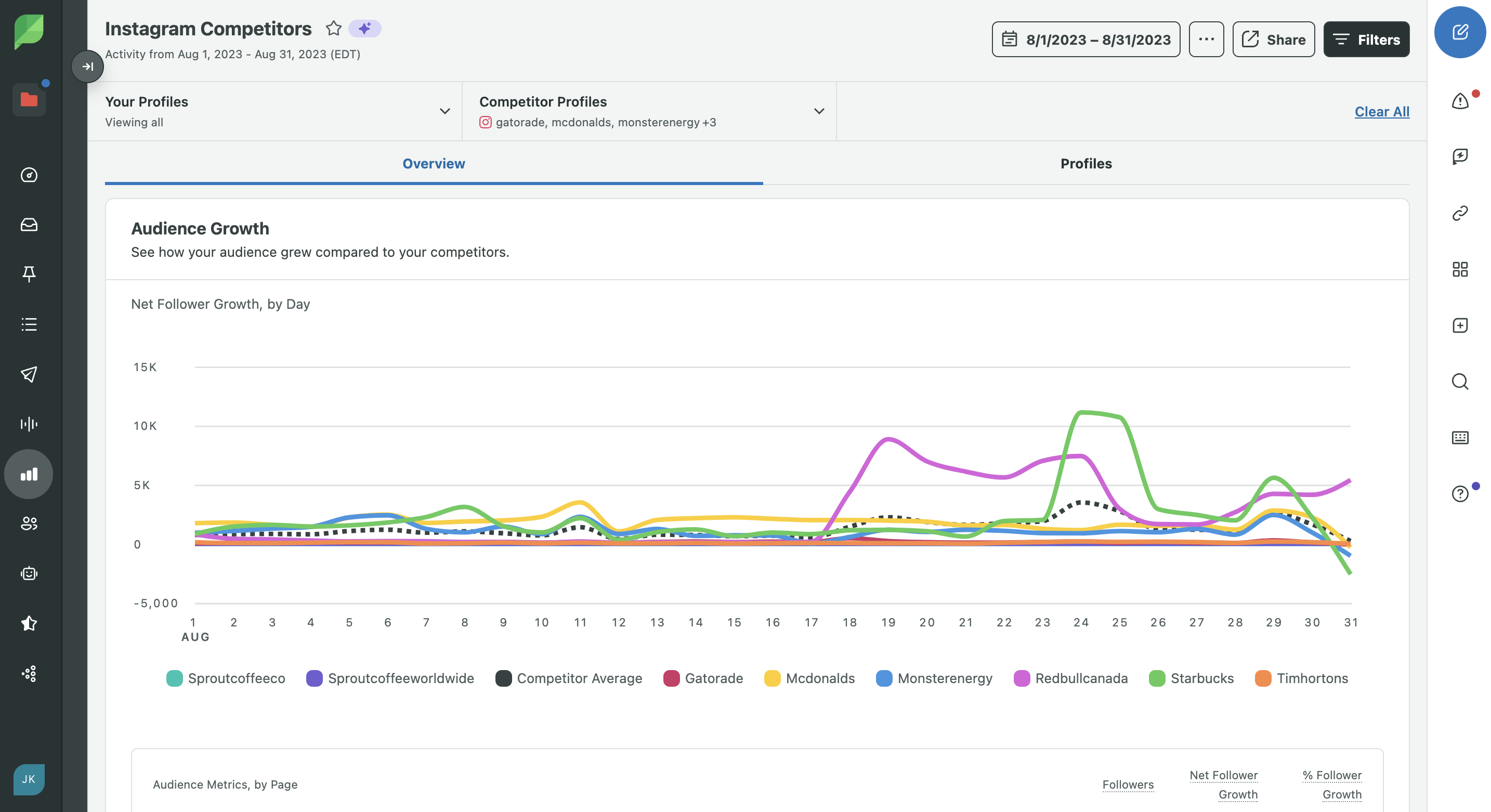
See what they’re posting on Facebook. Contrast your X engagement with theirs. Find out how they’re tagging their content on Instagram. Optimize your own strategy. Rinse and repeat.
You can also go a step further using Sprout’s Advanced Listening. Using social listening, you can spotlight unfiltered consumer feedback regarding competitors, as well as their products and services. You get the added bonus of discovering honest conversations about your brand you may have otherwise missed.
Make your social presence as timely as possible
Timeliness is arguably more important than ever for marketers. Not only are you expected to put out fresh content regularly, but also to always be “on” for your followers. But you can’t always expect customers to operate on your clock. And timeliness is a tall order when you’re strapped for resources or are part of a small team.
Let’s look at some ways to maximize your schedule and your time spent on social media.
Assemble your content calendar
Use a content calendar to plan out your posts and stay organized. Knowing in advance what you’re going to post will save you a lot of time and keeps you from posting the same pieces of content too frequently.
With the help of Sprout’s scheduling and publishing, you can house your social posts, captions and creative in one place.
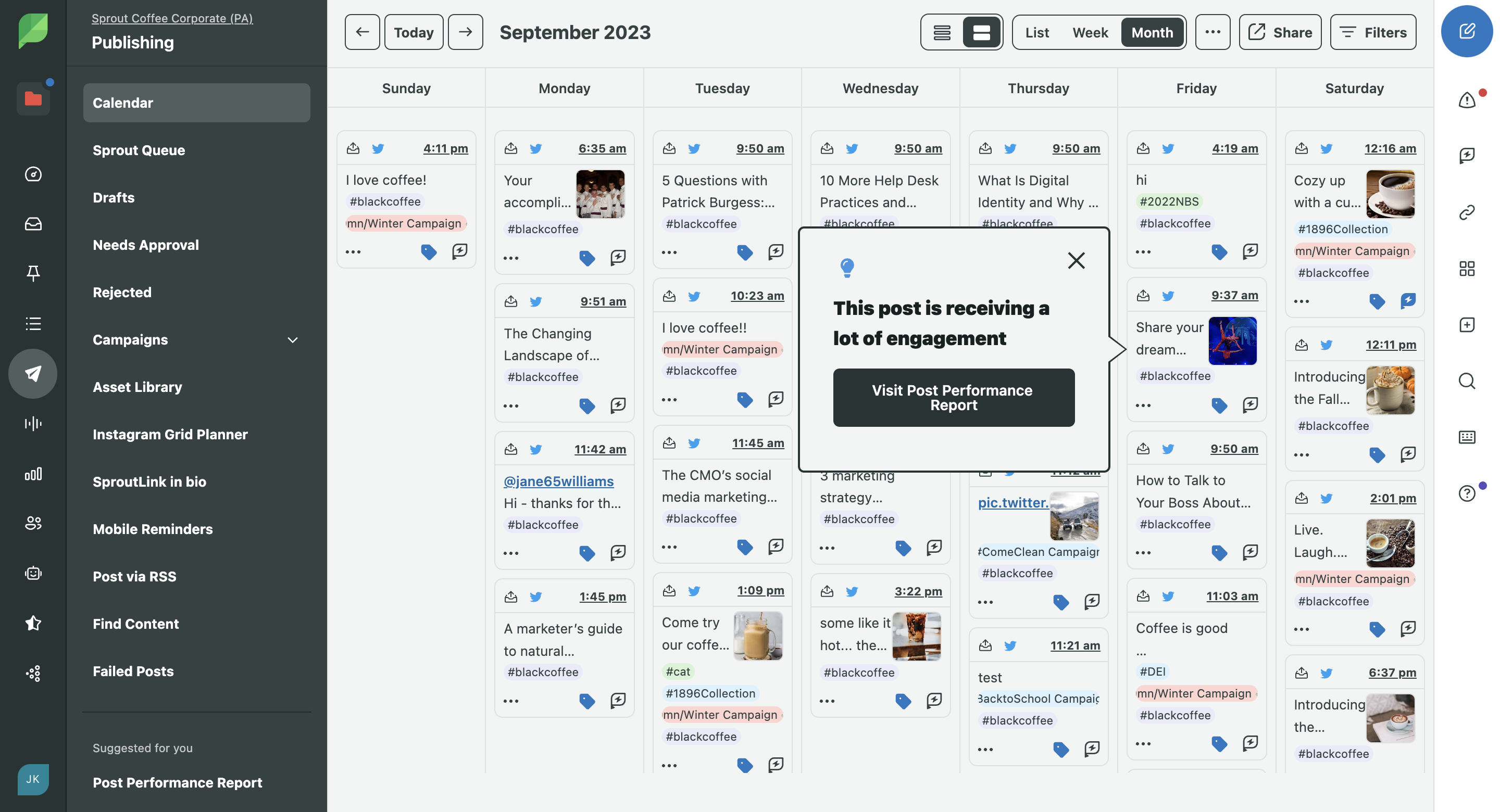
Post at the best times to engage
As evidenced by our best times to post on social, brands have a lot of ground to cover in terms of frequency and how much content to push. It’s important to pay attention to the optimal times for engagement so you can automate the most tedious aspects of your social presence without having to worry about posting in real time.
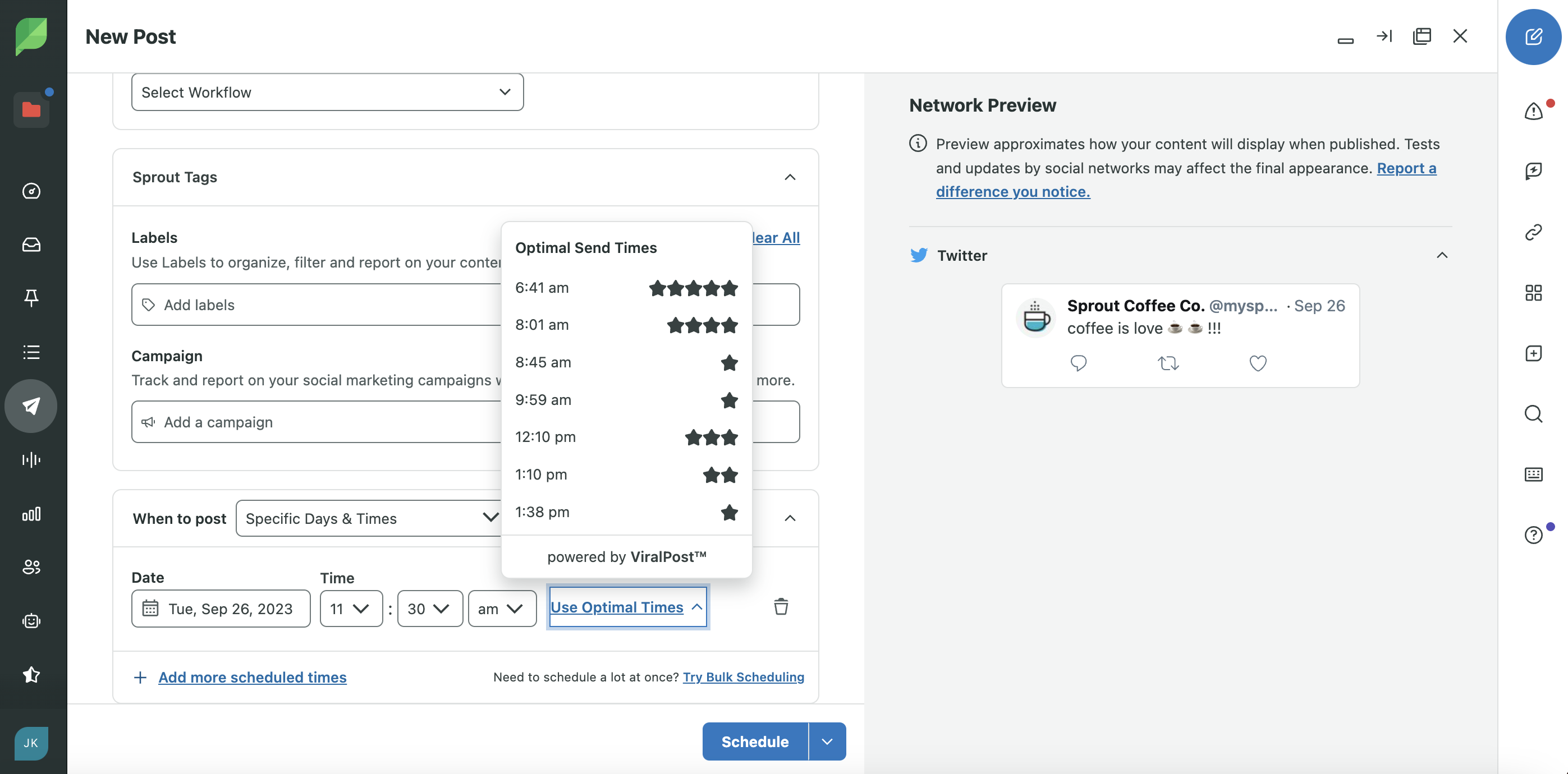
But, quick question: When is your brand available to engage and interact with customers?
You might see some recommended times to post late in the evening, for example. But if your team isn’t there to communicate, what’s the point of posting at the “preferred” time?
When you’re able to do so, ensure your social media or community managers are available and ready to answer any product questions or concerns when you post. Take time to review the best times to post on social media, but remember that it’s just as critical to engage after posting.
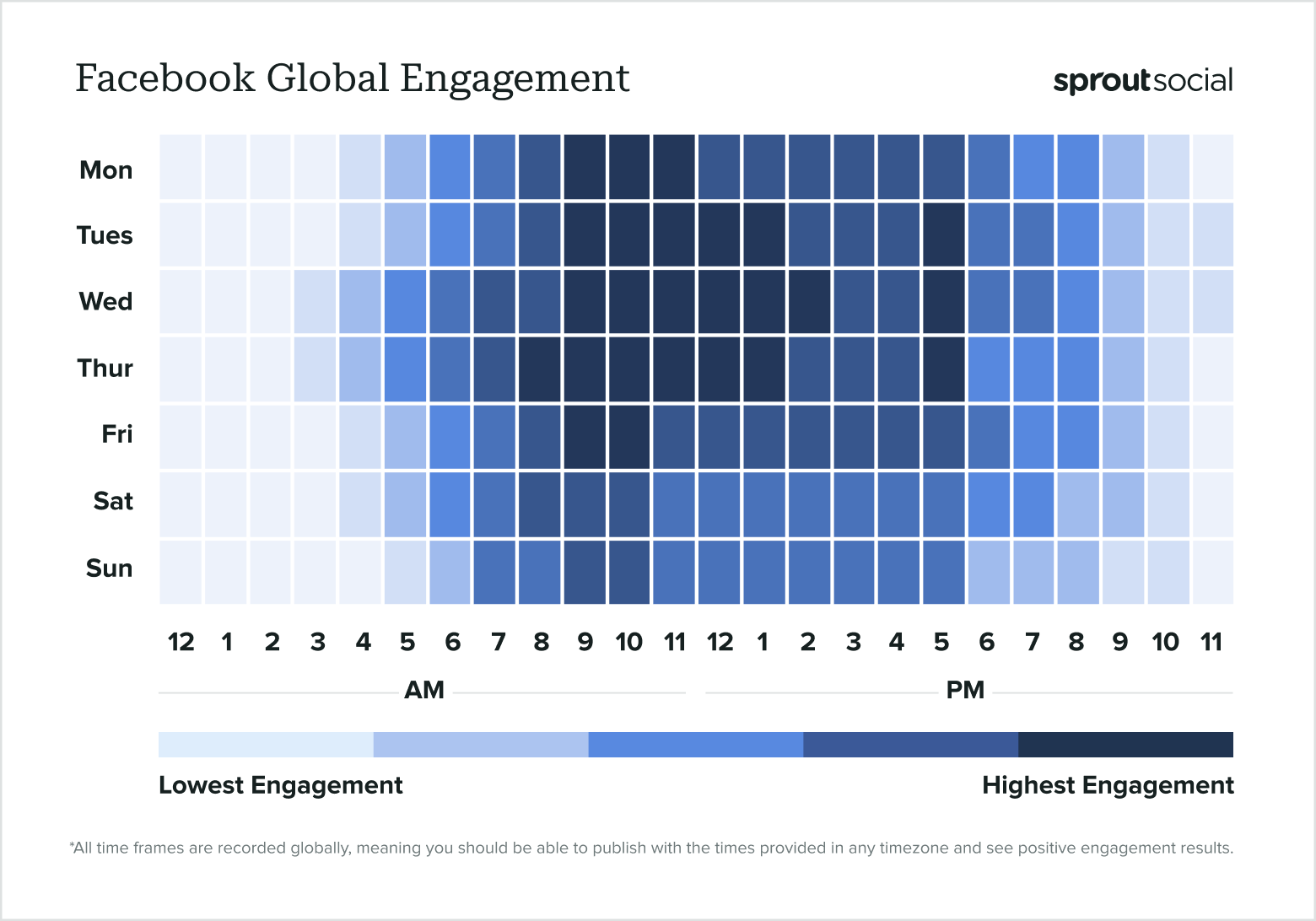
You should also consider taking advantage of artificial intelligence (AI) technologies and automation so you can serve and engage with customers when your team is offline, which leads us to our next point.
Respond to your customer questions and shout-outs ASAP
Your customers want speedy responses, but it’s likely impossible to respond to every message across multiple channels manually. Lean into AI to help execute faster. For example, you can use chatbots or automated replies to connect with customers when your team is offline.
The 2023 Index shows 81% of marketers say AI has already had a positive impact on their work. But marketers aren’t just using AI to increase efficiency–they’re using it to scale their entire customer care strategies.
Over half of marketers plan to use customer self-service resources like FAQs, forums and chatbots to grow their social customer care strategy. Nearly half of brands say they will use AI and automation to handle basic customer inquiries and tasks.
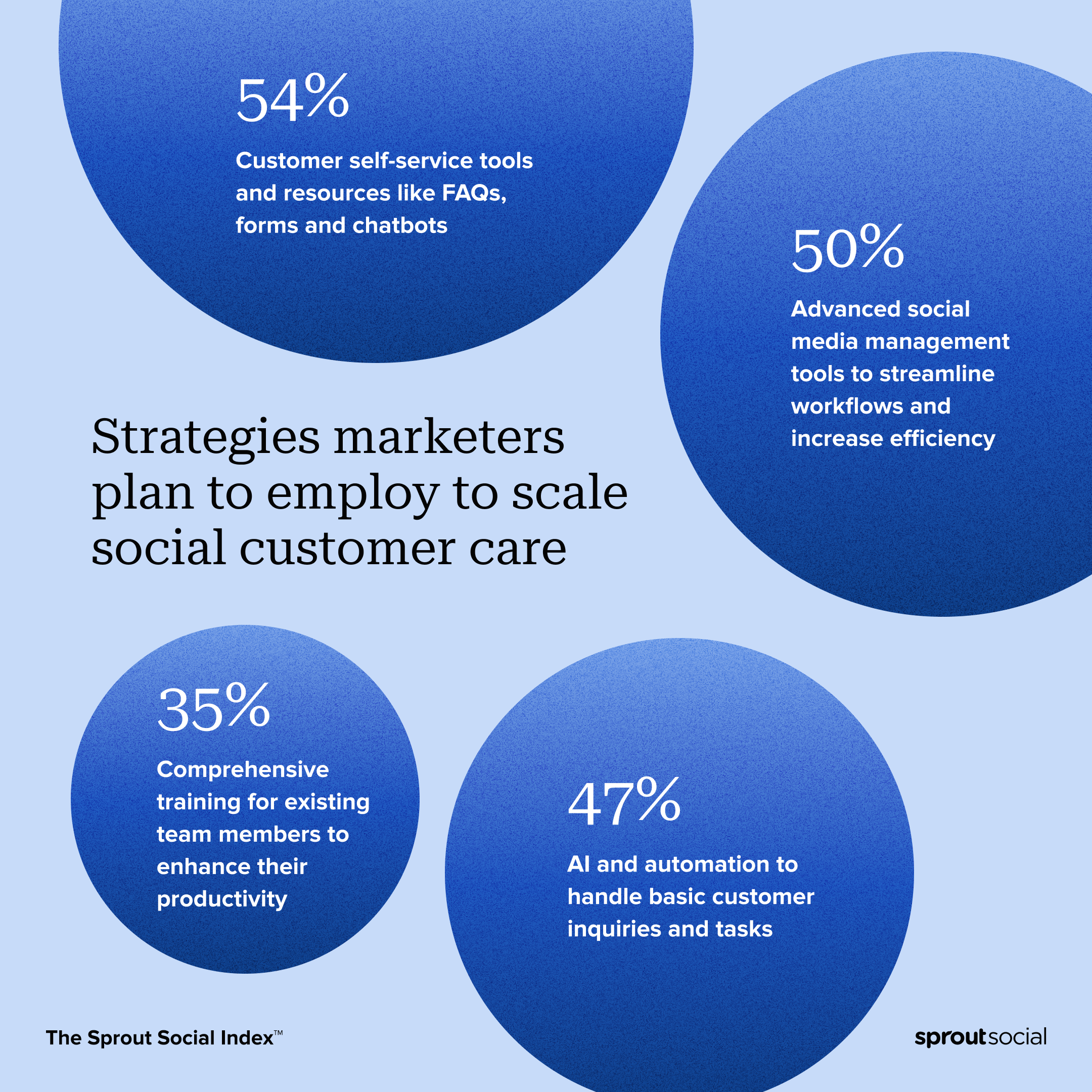
Your brand can’t forget these core elements of community building. It takes effort to ensure conversations or engagement opportunities aren’t left unattended. On social media, you gain respect as a brand by being present and talking to your audience. That’s why social customer care is so important to brands wanting to increase audience awareness—word travels fast about great service.
This is why you should designate teams to respond to specific customer cases. It can help your staff run like a well-oiled social media team, whether you’re a group of one or 100.
As social algorithms evolve, organic content has an increasingly tough time reaching the majority of your audience. The last thing you want to do is ignore those who do engage and lose out on sending more people down your marketing funnel.
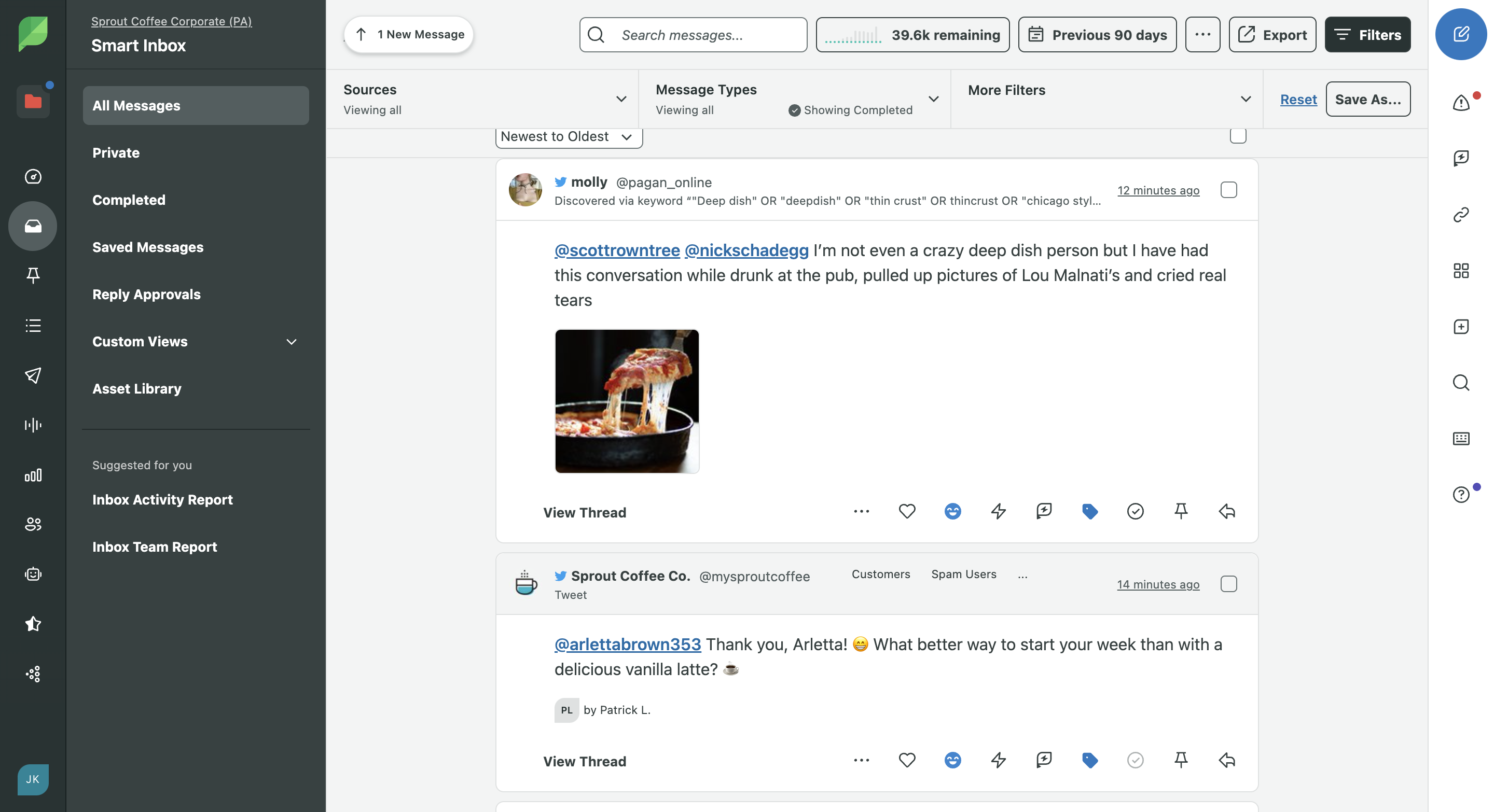
Evaluate and improve your social media strategy
By now you should have a big-picture understanding of your social media strategy. However, it’s important to adapt your strategy throughout the year.
Without continuously analyzing your efforts, you’ll never know how one campaign did over another. Having a bird’s eye view of your social media activity helps put things into perspective. This means looking at your top-performing content and adjusting your campaigns when your content stalls.
There’s no denying that a lot of social media is a matter of trial-and-error. Monitoring the metrics behind your campaigns in real time allows you to make small tweaks to your social media marketing strategy rather than sweeping, time-consuming changes.
Doing social media marketing right starts by being diligent about your data. You can be reactive in the short term to get the most out of your running campaigns, and then proactively use these takeaways to inform your next strategy overhaul.
To guarantee that you get in front of as many customers as possible, monitoring your growth is a major must-do. With Sprout, social reports can clue you in on everything from your top-performing content to how engaged your audience is. These reports are crucial for accountability and guaranteeing your numbers continue to tick upward.
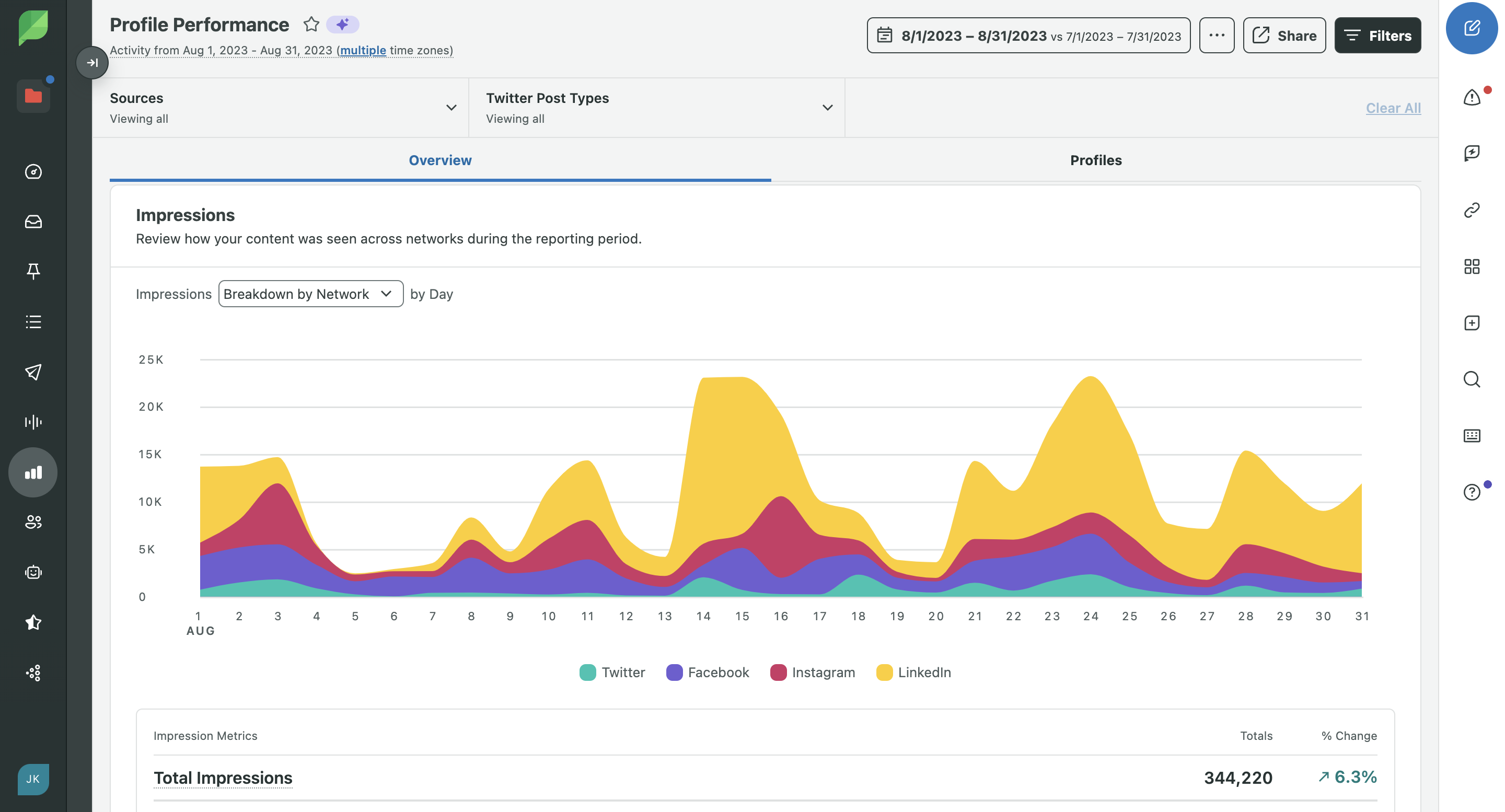
Reporting on data is also important for the sake of sharing valuable insights from social with your coworkers and colleagues. Remember that 60% of organizations use social data daily—be one of the brands that embrace it.
Sharing this information in regular reports not only holds you accountable for your efforts but also highlights the impact and bottom-line results your social strategy produces.
Based on your data, you can better assess whether your KPIs truly ladder up to your overarching company goals or whether they need to change.
Bring other departments into the mix
Social media teams have a unique advantage when it comes to understanding customer sentiment. You’re the eyes and ears for your brand online. Those insights can do more than just inform marketing strategy. They can transform your business. Stand-out social media teams will approach cross-department collaboration with enthusiasm and intention.
Which departments can benefit from social data?
The short answer? All of them. Index data shows 76% of social marketers say their team’s insights inform other departments.
However, don’t bite off more than you can chew. Instead, start where you think you can make the most impact. Here are a few ideas to jumpstart your strategy.
Human Resources
Collaborating with human resources on social-first employer brand initiatives can do more than just fill open roles quickly. It can attract stronger, more qualified candidates as well. Many companies have embraced social recruiting strategies, such as publishing creative “we’re hiring” posts on LinkedIn to attract top talent.
Sales
Data from The 2023 Sprout Social Index™ notes marketers plan to track conversations and sales directly resulting from social efforts in 2024 to better connect the value of social to business goals. Sharing social insights with your sales organization can empower reps to work smarter in the context of increasingly digital customer journeys. Consider learning more about social selling to leverage the power of online networks even further.
Product and merchandising
You’ve probably received quite a few feature or product requests while managing your brand’s social inbox. With a social media management tool, you can distill those messages into actionable insights for your product or merchandising teams. These insights can complement existing roadmap research, creating a customer-focused plan that delights.
Customer care
Monitoring customer service metrics like average reply time, average wait time and response volume can help your social customer care team identify what is working well and spot opportunities for improvement. Marketers are using social media customer service software to elevate their support strategies and get the most out of their tech stack.
And with that, we wrap up your social media strategy guide for 2024 and beyond!
Is your social media marketing strategy future proof?
This guide highlights plenty of moving pieces to maintain a modern social presence. That said, putting together yours doesn’t have to be a drag.
If you set actionable goals and address each of the steps above, you’ll already be way ahead of the curve when it comes to your social media marketing strategy.
And if you need more inspiration for actionable ways to build out your strategies, make sure to download The Sprout Social Index™ to learn more.
Featured in Social Media Marketing
Additional resources for Social Media Marketing
Target audience: What it is and how to find yours
How to build a customer-centric B2B social media strategy
8 social media myths to unlearn (and dispel across your organization)
What’s next? 7 expert predictions on the future of social media for 2024
8 social media tips from experienced marketers
Social media marketing: What it is and how to build your strategy
The importance of social media marketing: 7 stats that prove social’s role in business success
The complete guide to Pinterest Marketing
The complete guide to social media for businesses
What to do when faced with these 10 social media marketing challenges
A beginner’s guide to social media marketing tools
The ultimate guide to Twitter for business
Tumblr is back. What does that mean for marketers?
Global social media marketing: 9 tips for your strategy
YouTube marketing: A complete guide for your brand
Sprout on Sprout: How to communicate social media marketing priorities to outside stakeholders
How cannabis brands are elevating their social media content
Everything you need to know about WhatsApp marketing
8 marketing campaign ideas that customers will engage with
Social media campaign examples to inspire your social strategy
To see marketing differently, we need to turn the spotlight on social
How to nail your pitch for a social media marketing campaign
How to use Snapchat for business in 2024
Twitch marketing: What it is and how brands can do it right
Captivating a global audience: Why social data is the key to your esports marketing strategy
How marketing on Reddit works (and how to do it right)
The social media marketer’s guide to infographic marketing
How to build a social media marketing funnel that converts
9 Smart social media tactics you need today
A painless guide to social media marketing for dentists
11 Tips To Boost Your Social Media Marketing Productivity
Please Link Responsibly: Social Media Guidelines for Alcohol Marketing

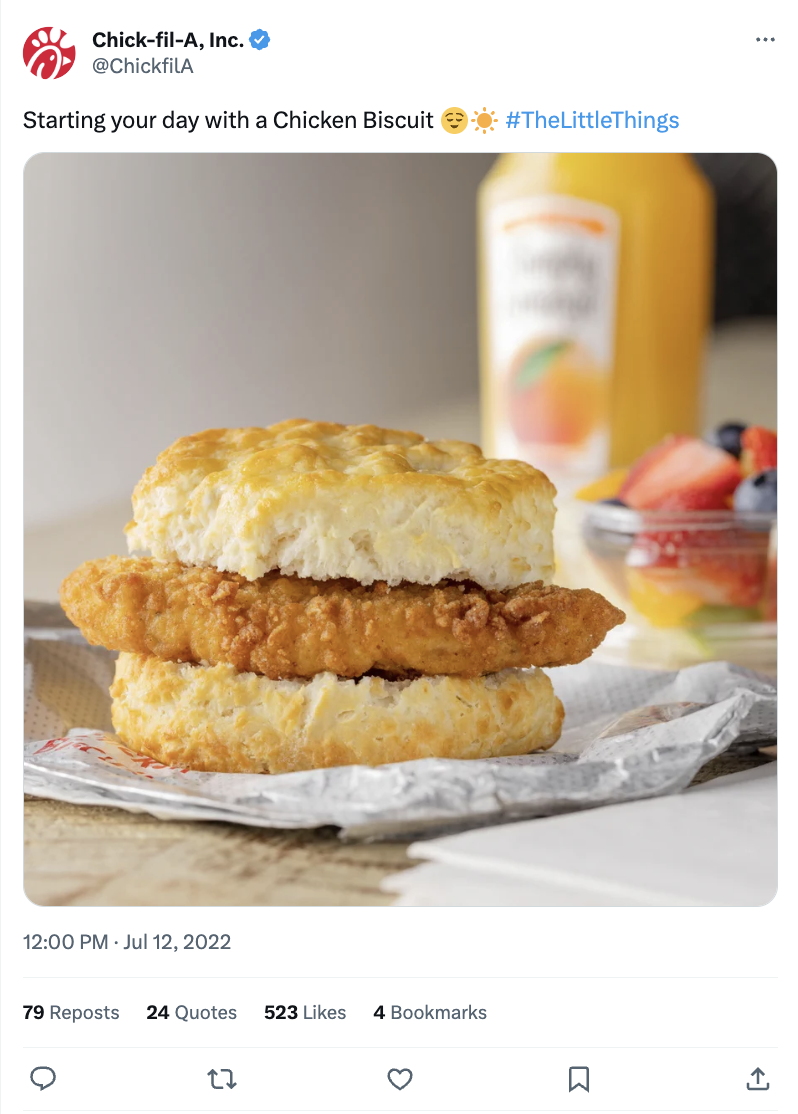
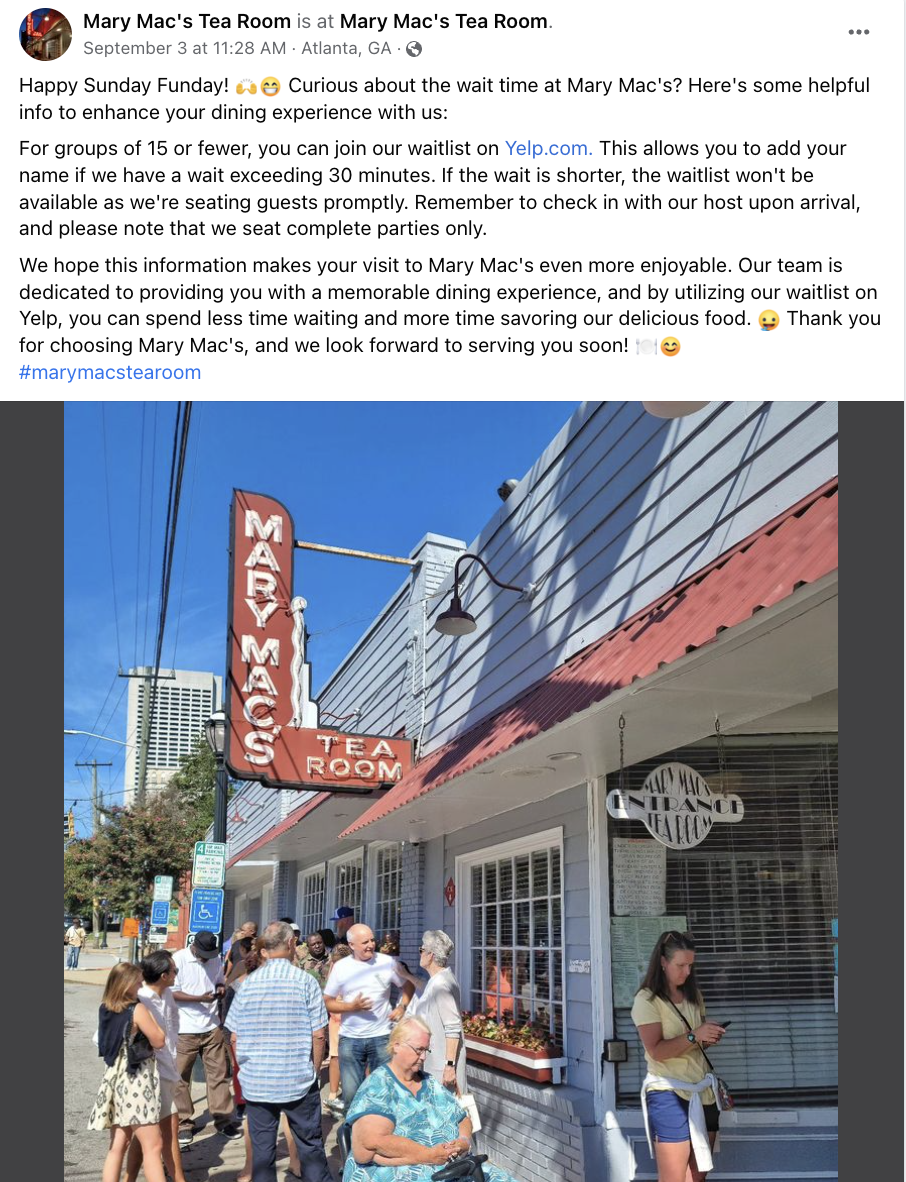
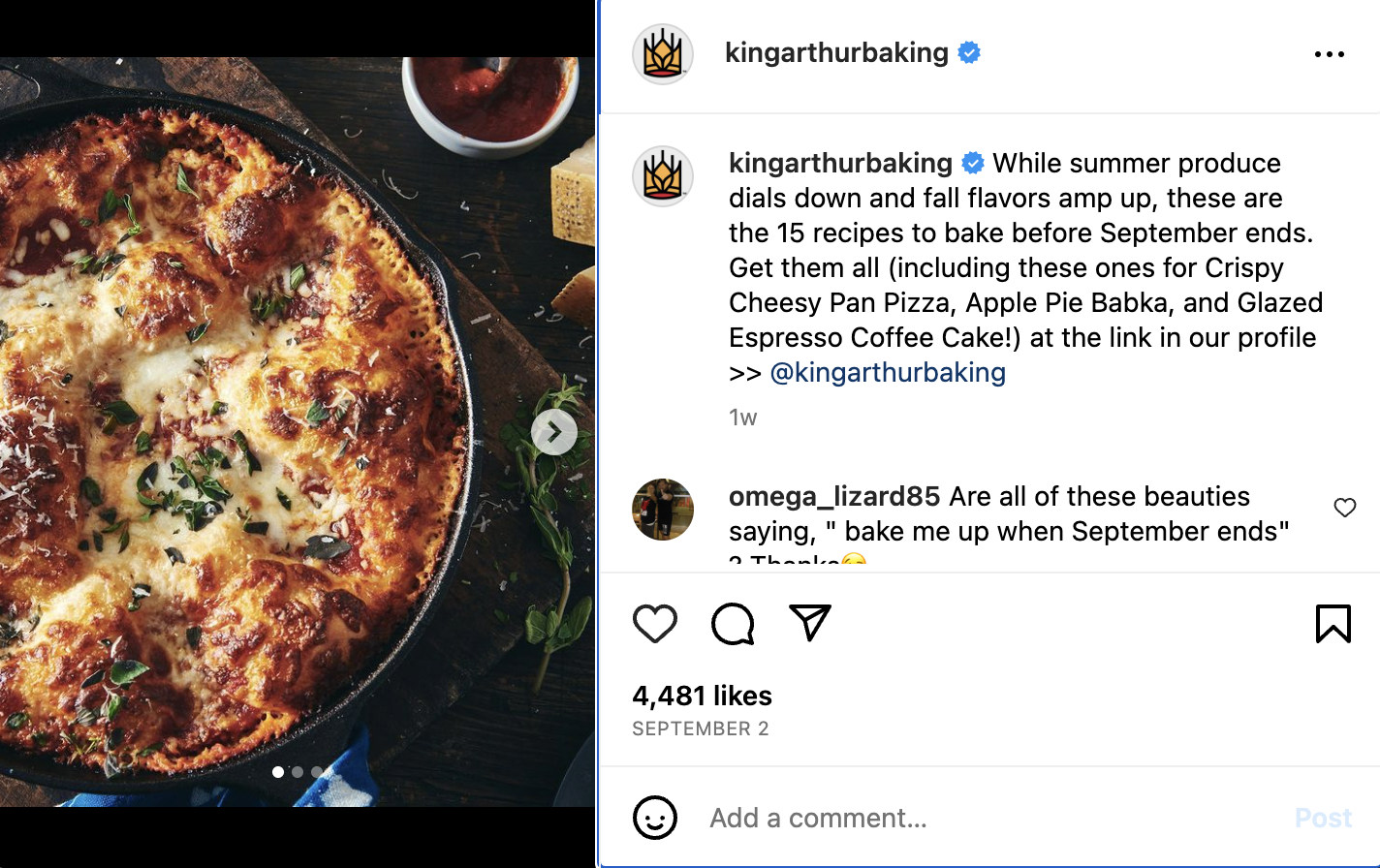


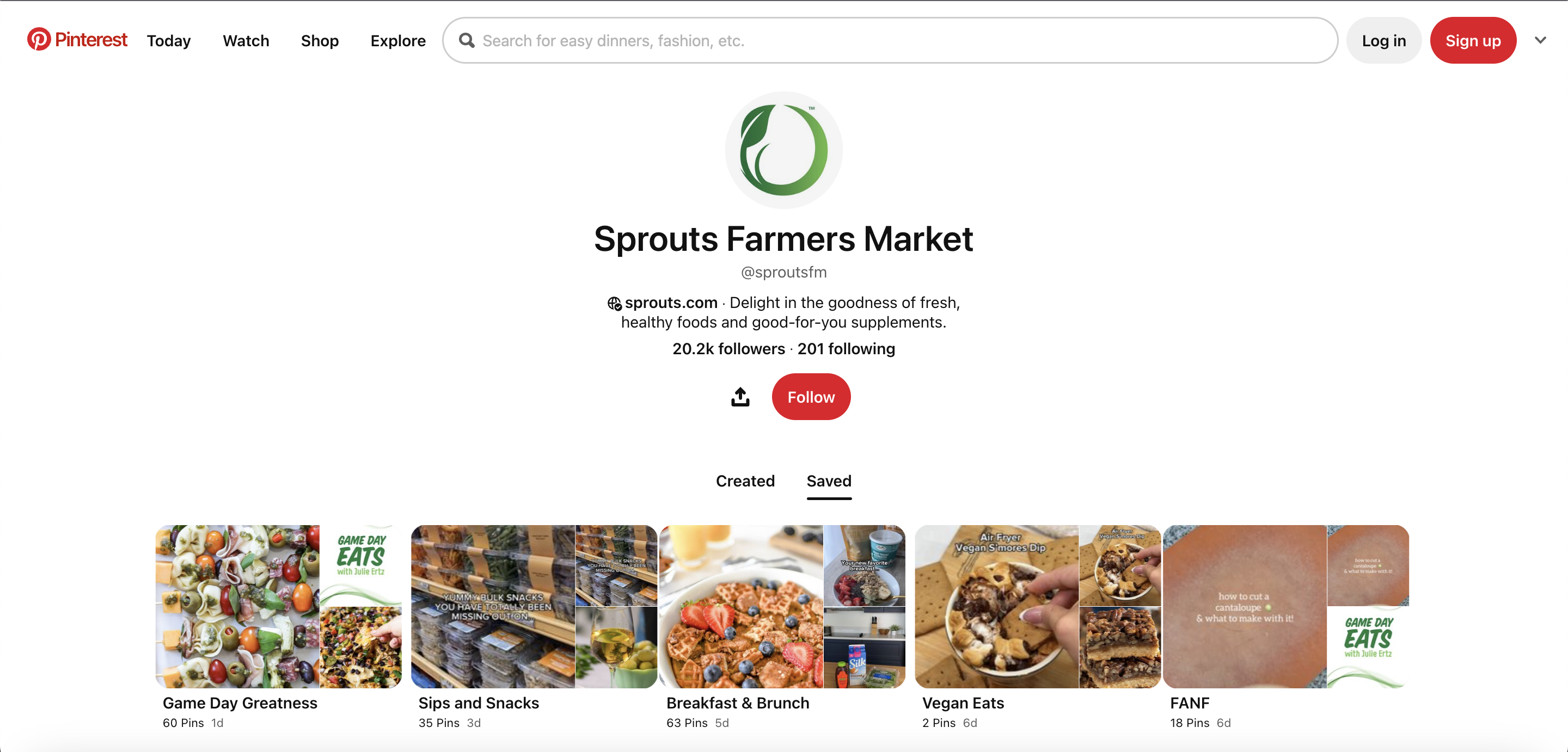

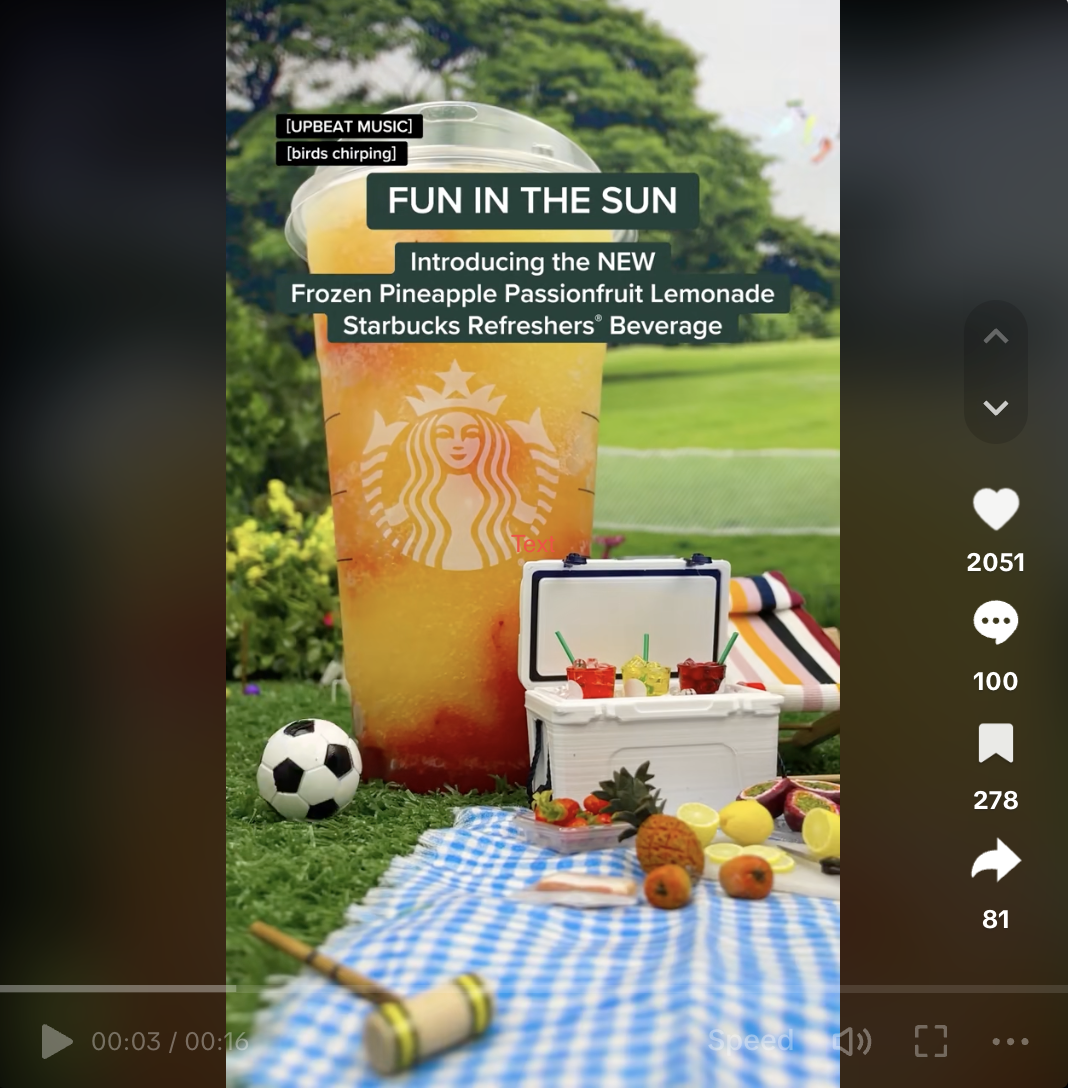
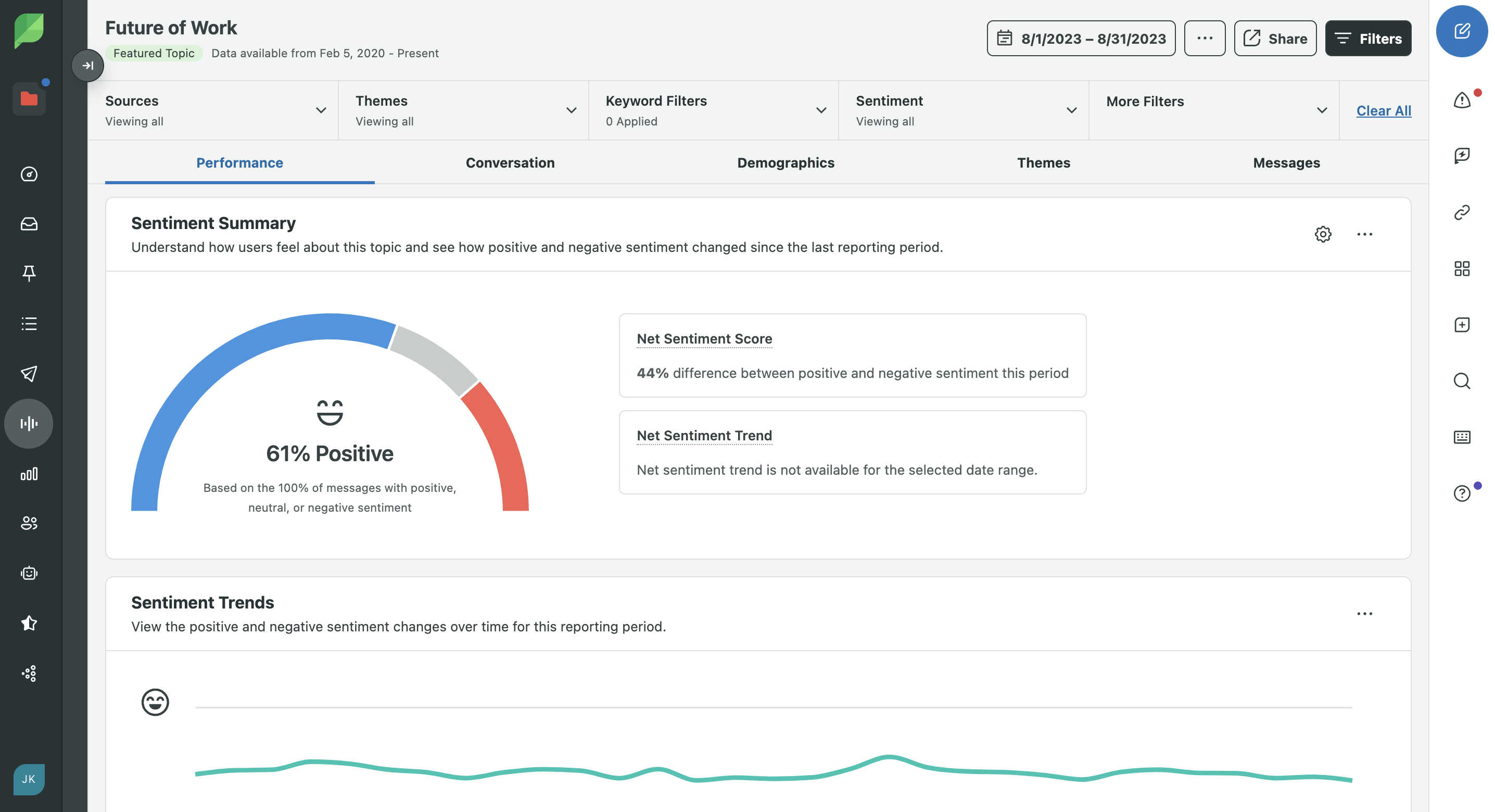
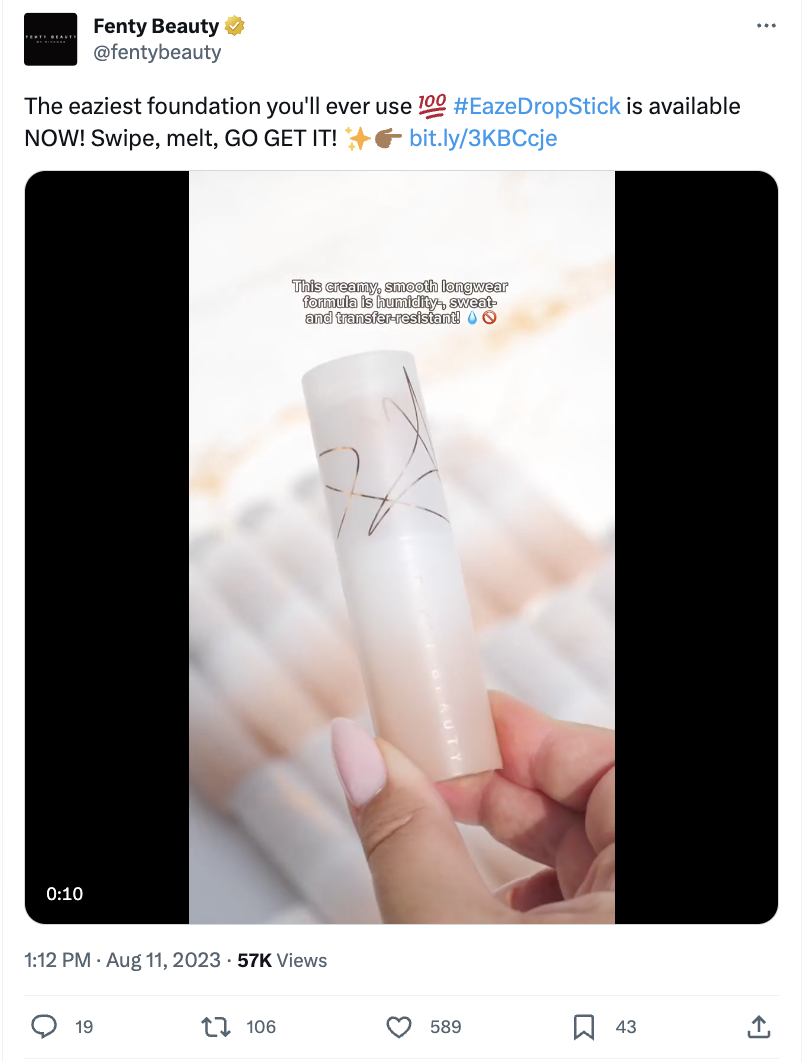












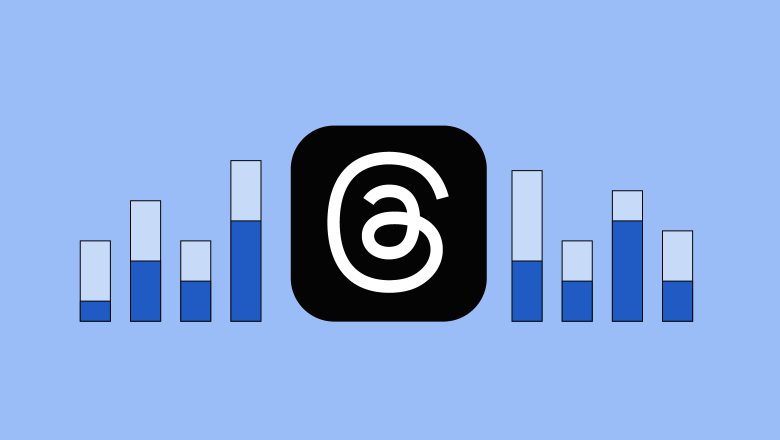


































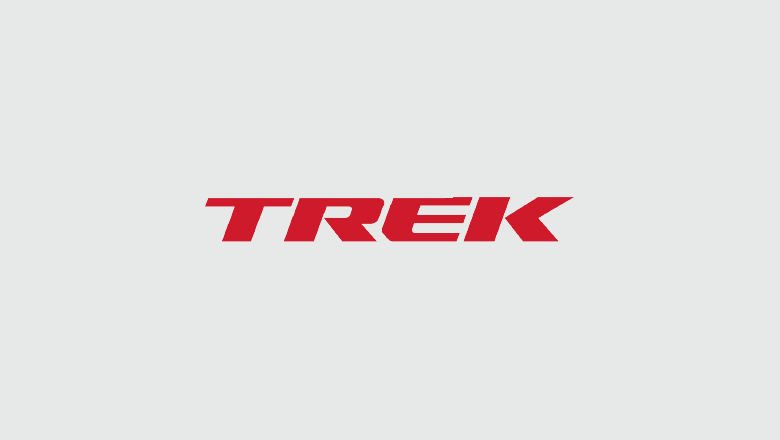










Set goals that make sense for your business
Social media strategy planning starts with your goals. Whether you want to expand your team, build a larger following or a more active community, taking the time to define your social goals is the first step to reaching them.
Either way, your goals will define your social media marketing strategy and how much time and energy you’ll need to dedicate to your campaigns.
Example social media goals for 2024 and beyond
What really matters is that you set realistic social media goals. We recommend tackling smaller objectives that allow you to scale your social efforts in a way that’s both reasonable and affordable.
Below are some example social media marketing goals that businesses of all shapes and sizes can pursue.
Goal example 1: Increase brand awareness
Brand awareness means getting your name out there. Some 68% of consumers say the primary reason they follow a brand on social media is to stay informed about new products or services, according to The Sprout Social Index™.
Try to avoid solely publishing promotional messages and strike a good balance with authentic content that emphasizes your brand’s voice and story. The Sprout Social Index™ found that consumers don’t see enough authentic, non-promotional content from brands on social.
For example, in this TikTok video, Sani, a family-owned apparel company features a day in the life of the brand’s founders while visiting India for business:
Goal example 2: Generate leads and sales
Whether online, in-store or directly through your social profiles, followers don’t make purchases by accident. For example, are you alerting customers about new products and promos? Are you integrating your product catalog into your social profiles? Are you running exclusive deals for followers? Social media gives you an avenue to generate revenue.
Goal example 3: Grow your brand’s audience
Bringing new followers into the fold means finding ways to introduce your brand to folks who haven’t heard of you before. Growing your audience also means discovering conversations around your business and industry that matter the most. Digging through your social channels is nearly impossible without monitoring or listening for specific keywords, phrases or hashtags. Having a pulse on these conversations helps you expand your core audience (and reach adjacent audiences) much faster.
Goal example 4: Provide holistic customer care
The Index shows over half of consumers believe the most memorable thing a brand can do on social media is respond to customers.
Although 76% of consumers value quick responses, providing quality customer care isn’t just responding rapidly. Consumer expectations have evolved. Some 70% of consumers expect brands to provide a holistic experience with personalized responses that fit their unique customer service needs.
This means companies need to experiment with messaging and content when approaching customer care. For example, does your team have a protocol for handling @-mentions and comments? Do you have templated responses to FAQs? Does your brand promote user-generated content and hashtags? Your customers can be your best cheerleaders, but only if you give them a reason to grab the megaphone.
Goal example 5: Drive traffic to your site to illustrate ROI of social efforts
The Sprout Social Index™ shows 46% of marketers plan to calculate the return on investment (ROI) of advertising spend to connect the value of social to business goals in 2024.
Simple enough. If you’re laser-focused on generating leads or traffic to your website, social media can make it happen. Whether through organic promotional posts or social ads, keeping an eye on conversions and URL clicks can help you better determine your ROI from social media.
Any combination of these goals is fair game and can help you better understand which networks to tackle, too. When in doubt, keep your social media marketing strategy simple rather than complicating it with too many objectives that might distract you. Pick one or two and rally your team around them.
Get the deck template